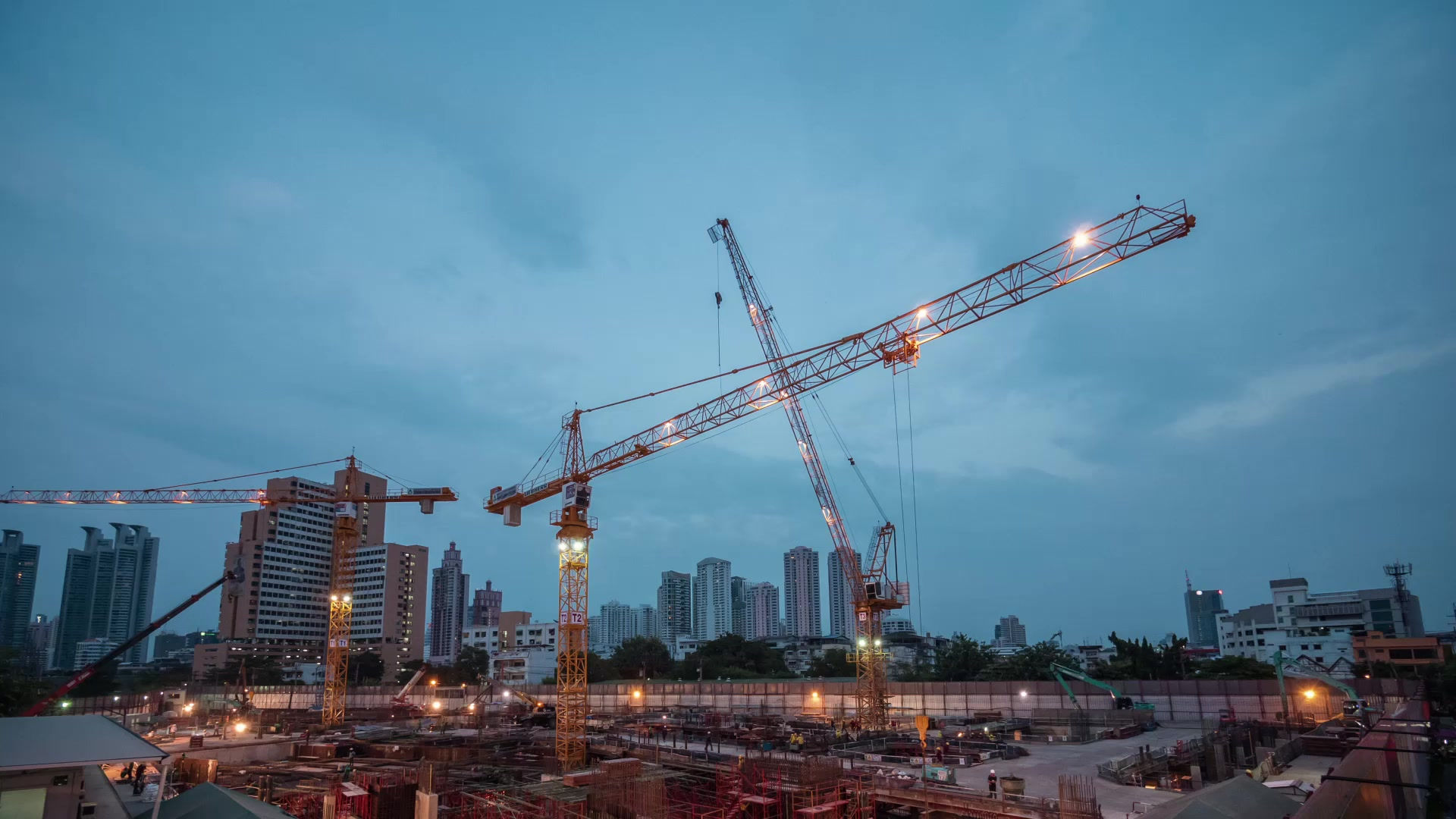The Future of Plumbing: Why PPR Pipes and Fittings are the Way of the Future
- KPT Pipes
- Jun 18, 2024
- 3 min read

As the world continues to evolve, so too must the plumbing industry. With a growing population and increasing demands on our infrastructure, it's essential to look to the future of plumbing and identify the materials and technologies that will shape the industry's development. One such innovation is PPR (Polypropylene Random Copolymer) pipes and fittings, which are quickly becoming the go-to choice for plumbers, builders, and homeowners alike.
In this blog post, we'll explore the benefits of PPR pipes and fittings, why they're poised to revolutionize the plumbing industry, and what this means for the future of water distribution and management.
What are PPR Pipes and Fittings?
PPR pipes and fittings are made from a type of plastic polymer called polypropylene random copolymer. This material offers a unique combination of properties that make it an ideal choice for plumbing applications. PPR is lightweight, flexible, and resistant to corrosion, chemicals, and high temperatures. Unlike traditional copper or PVC pipes, PPR pipes are also resistant to root intrusion and scaling, which can lead to costly repairs and maintenance.
Benefits of PPR Pipes and Fittings
So, what makes PPR pipes and fittings so special? Here are just a few benefits that set them apart:
Long-term durability: PPR pipes have a lifespan of up to 50 years or more, making them a long-term solution for plumbing needs.
Corrosion-resistant: PPR is resistant to corrosion from acidic or alkaline substances, reducing the risk of pipe failure and maintenance costs.
High temperature resistance: PPR pipes can withstand temperatures up to 100°C (212°F), making them suitable for use in hot water systems.
Lightweight: PPR pipes are significantly lighter than traditional copper or PVC pipes, making them easier to handle and install.
Flexibility: PPR pipes can be bent to fit tight spaces, reducing the need for costly excavation or pipe cutting.
Easy installation: PPR pipes are simple to install using standard tools, eliminating the need for specialized equipment or expertise.
Low maintenance: PPR pipes require minimal maintenance, as they're resistant to scaling and root intrusion.
Why are PPR Pipes and Fittings Poised to Revolutionize the Industry?
With their numerous benefits, it's clear that PPR pipes and fittings are a game-changer for the plumbing industry. But what specific factors are driving their adoption?
Growing demand for sustainable solutions:
As consumers become increasingly environmentally conscious, there's a growing demand for eco-friendly materials like PPR, which has a lower carbon footprint than traditional materials.
Advancements in manufacturing technology:
Improved manufacturing processes have reduced production costs, making PPR pipes and fittings more competitive with traditional materials.
Government regulations:
Many governments are introducing regulations aimed at reducing plastic waste and promoting sustainable infrastructure development, which favors the use of durable materials like PPR.
Increased awareness of water conservation:
As water scarcity becomes a growing concern worldwide, plumbers and homeowners are looking for solutions that can help reduce water waste and minimize the risk of leaks.
What does this mean for the Future of Water Distribution and Management?
The widespread adoption of PPR pipes and fittings has significant implications for the future of water distribution and management:
Increased efficiency:
With their durability and resistance to corrosion, PPR pipes can help reduce water loss due to leaks or pipe failure.
Improved water quality:
By minimizing the risk of contamination from chemicals or bacteria, PPR pipes can help ensure cleaner water supplies.
Sustainable infrastructure development:
As governments prioritize sustainable infrastructure development, PPR pipes will play a key role in building resilient and eco-friendly water distribution systems.
Reduced maintenance costs: With minimal maintenance required for PPR pipes, plumbers and homeowners can enjoy lower costs over the long term.
Conclusion
As we look to the future of plumbing, it's clear that PPR pipes and fittings will play a vital role in shaping the industry's development. With their unique combination of properties, durability, corrosion resistance, flexibility, lightweight design, easy installation, low maintenance requirements, and eco-friendliness – not to mention government regulations favoring sustainable solutions – it's no wonder that PPR is becoming the go-to choice for plumbers, builders, and homeowners alike.
Whether you're planning a new construction project or looking to upgrade your existing plumbing system, it's time to consider the benefits of PPR pipes and fittings. The future of plumbing is here – and it's looking brighter than ever before!




Comments